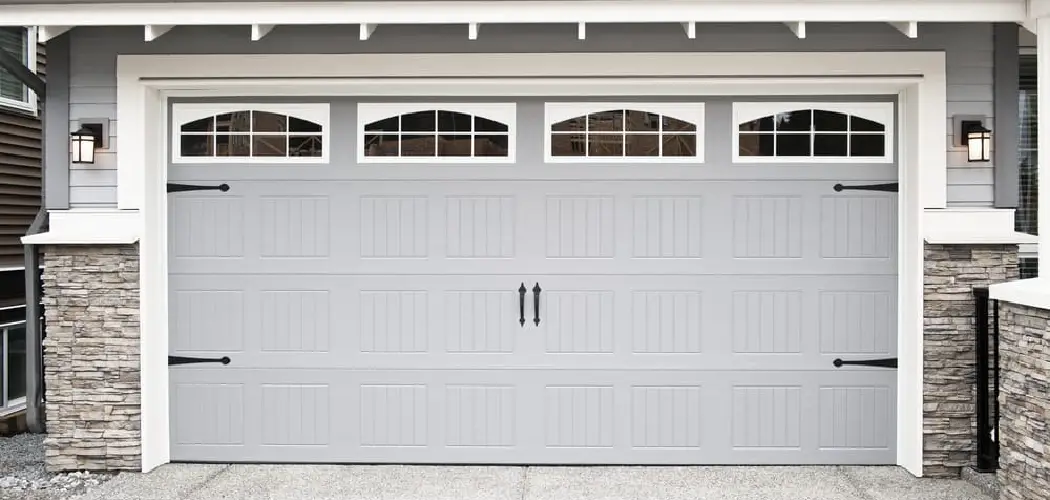A properly aligned garage door is essential not just for the smooth operation of your garage, but also for the safety and security of your home. When your garage door glides up and down seamlessly, you probably don’t think twice about it. However, even a small misalignment can turn a convenient system into a daily source of frustration and potential hazard. Over time, garage doors may become crooked or uneven due to regular wear and tear, accidental bumps from parking mishaps, or shifting ground beneath the tracks.
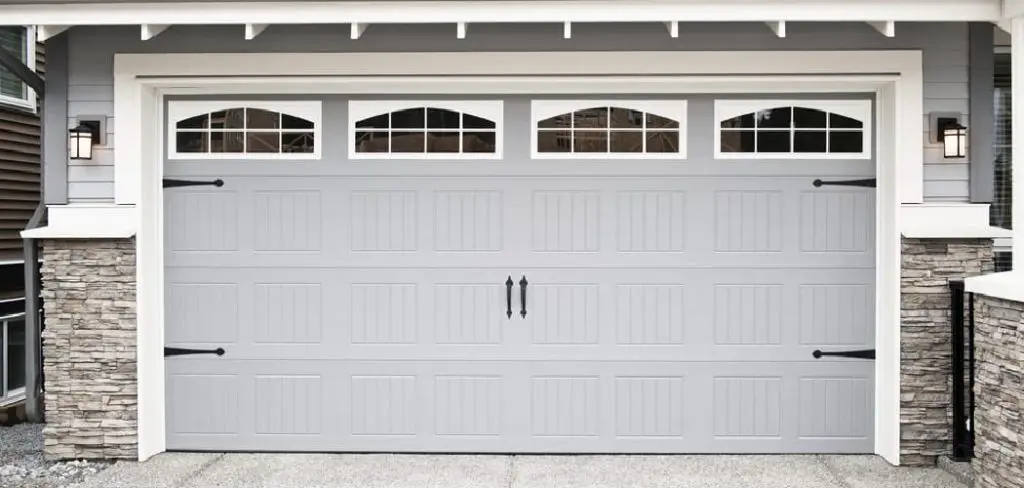
These issues can reduce the lifespan of your door components, make your garage noisy, and even compromise your home’s curb appeal. If you’ve found yourself wondering how to straighten a garage door, you’re not alone. This comprehensive, step-by-step guide will walk you through the signs of misalignment, the tools you’ll need, the actual process of realignment, and maintenance practices to prevent problems from returning.
Understanding Garage Door Alignment
Why Proper Alignment is Essential
When a garage door is properly aligned, it opens and closes reliably without placing undue stress on any one component. Misalignment can cause the door to drag against the frame, resist motion, or stop working altogether. If left unchecked, these problems can quickly escalate, leading to costly repairs or even requiring a full door replacement. Furthermore, a crooked door may fail to seal properly, leaving your garage vulnerable to weather, pests, and security risks.
How Misalignment Affects Garage Door Components
Alignment issues don’t just affect the door itself—they ripple through the entire system. The rollers may skip or jump in the tracks, which puts extra stress on both the rollers and the track brackets. Repeated strain can cause premature wear or failure of these parts. The garage door opener motor may have to work harder to move the door, increasing the risk of burnout. Over time, neglected alignment also impacts the door panels and hinges, leading to warping or cracking. Understanding these interconnections underscores why straightening your garage door promptly is so important.
Common Causes of Misaligned Garage Doors
Accidental Damage
One sudden bump from a car or another object can knock your garage door off balance. Even minor collisions can bend the track or distort a door panel enough to cause alignment issues. Besides vehicle impacts, objects stored too close to the door can sometimes interfere with its travel and throw off its path.
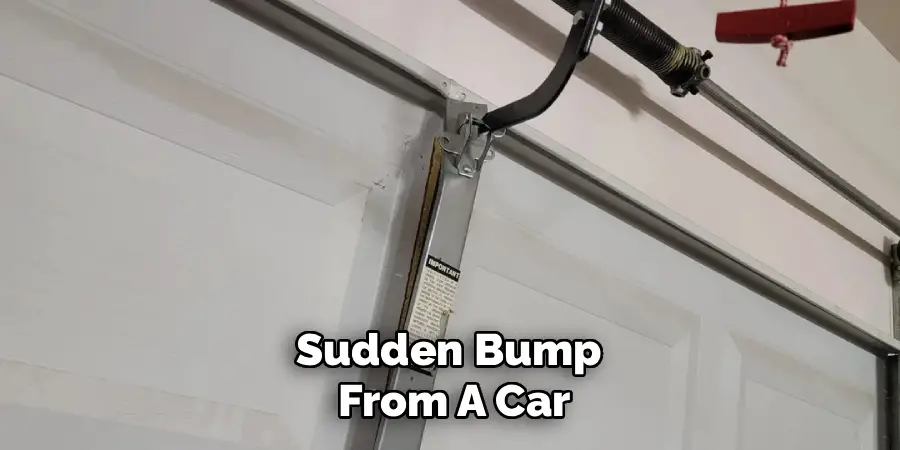
Wear and Tear Over Time
Garage doors are heavy, and opening and closing them multiple times each day gradually wears down their moving parts. Rollers degrade, hinges loosen, and the tracks may shift slightly with ongoing use. In older systems, you may notice that these small shifts accumulate until the door no longer moves as it should.
Environmental Factors
Garage doors are also at the mercy of their surroundings. Temperature changes can cause metal components to expand and contract, loosening fasteners or warping the frame. Ground settling or uneven concrete can tilt the base of the track, slowly twisting the whole structure. Moisture and humidity further accelerate rust and wear, occasionally leading to misalignment.
Signs Your Garage Door Needs Straightening
Visible Gaps or Uneven Movement
One of the most obvious signs of a problem is when you see daylight streaming through gaps that shouldn’t exist—either along the sides, the top, or the bottom of the door. When the door appears tilted, sags on one side, or doesn’t sit flush with the ground or frame, it’s clear that the alignment needs attention. Sometimes, visual clues come in the form of tracks that appear to bend outward or bow inwards slightly.
Strange Noises During Operation
If your garage door is suddenly much louder than usual, that’s a red flag. Misaligned doors often produce grinding, scraping, or squeaking noises as metal rubs against metal. Rollers struggling to move in the tracks or hinges flexing under pressure create distinct sounds that indicate stress. Unfamiliar clanking is often a sign to check the alignment before a small issue becomes a bigger one.
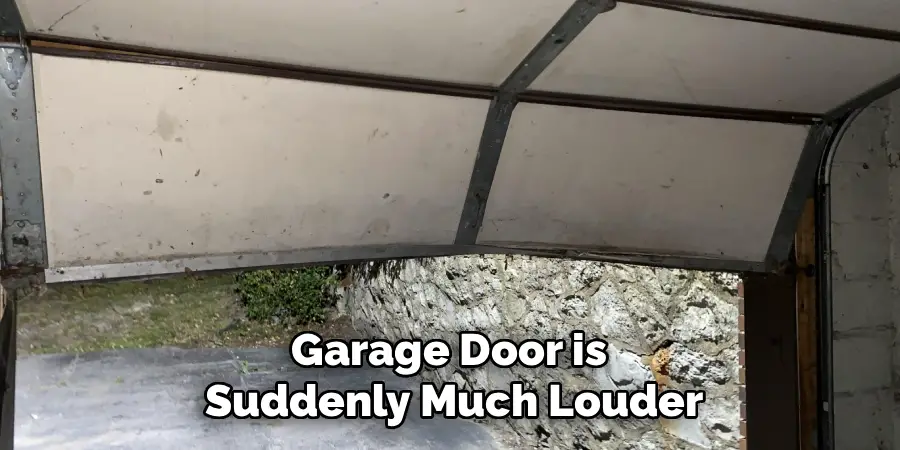
Difficulty in Opening or Closing
Another sign is inconsistent or unpredictable movement. A misaligned door may slow down or stop mid-operation, reverse itself unexpectedly, or resist your efforts to open it either manually or with the opener. If you notice the door sticking or requiring more force to move, consider this a warning to check for misalignment.
Tools and Materials Needed to Straighten a Garage Door
Basic Tools
Most straightening jobs require only a few common tools: an adjustable wrench or socket set for loosening and tightening bolts, pliers for manipulating tracks or brackets, and a good level to check that everything is, in fact, straight. Having a quality garage door lubricant on hand will also help quiet noisy rollers and hinges once alignment is restored.
Optional Items for Enhanced Precision
For especially stubborn issues or a more precise job, a rubber mallet is useful for gently persuading metal tracks or panels back into shape without damaging them. A measuring tape can help confirm equal spacing from the track to the wall at several points. A stable stepladder ensures you can reach brackets and roller assemblies safely and comfortably.
How to Straighten a Garage Door: Step-by-Step Guide
Step 1 – Inspect the Garage Door
Start with a thorough visual inspection. Close the door completely and check to see if one side touches the ground before the other or leaves a gap. Look for any bends in the tracks or signs of rollers skipping out of alignment. Examine the panels themselves for warping, dents, or cracks that might contribute to crooked movement. If an automatic opener is attached, disconnect it to allow free, manual movement during the straightening process.
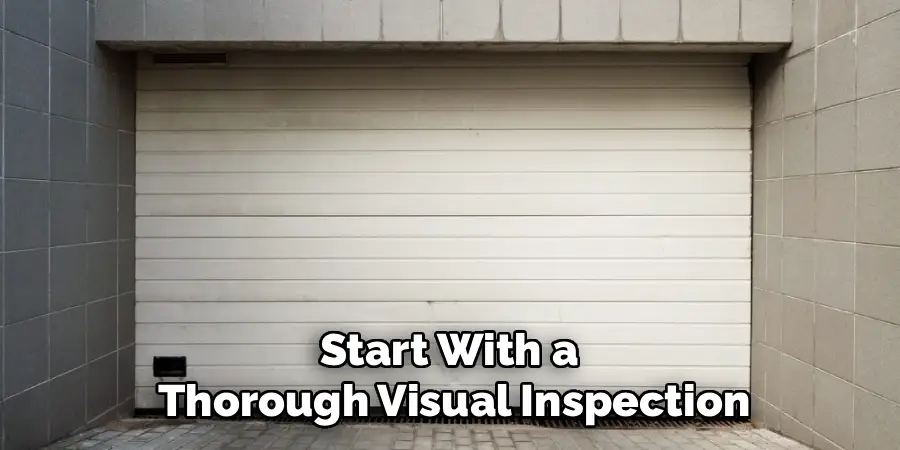
Step 2 – Loosen the Tracks
Using your wrench or socket set, slightly loosen (but do not remove) the bolts that secure the vertical tracks to the garage frame. This will give you enough play in the system to make adjustments. Avoid loosening all fasteners at once; work on one side at a time to control the adjustments and maintain overall door stability.
Step 3 – Realign and Secure the Tracks
With the bolts loosened, use your level to check the track’s vertical alignment. Adjust the track so that it stands perfectly plumb. If it bows inward or outward, nudge it gently into position. Once satisfied, tighten the bolts gradually, checking for level and straightness as you go. Repeat the process on the other side, and then compare both tracks to ensure they are parallel and equally spaced from the door jamb over their entire height.
Step 4 – Straighten Bent Panels
If your inspection revealed damaged or bent panels, address these next. For minor warping, applying firm but gentle pressure with a gloved hand or rubber mallet from inside can often coax the panel back into alignment. More extensive damage may require removing the panel and straightening it before reinstallation, or even replacing it altogether if it’s beyond repair.
Step 5 – Check and Adjust the Rollers
Inspect each roller to ensure it sits correctly in the track and spins freely. If any roller is out of its track, gently guide it back into place while holding the door steady. Tighten any loose hardware securing the roller brackets to the door. Lubricate the rollers and hinges for added smoothness once everything is realigned.
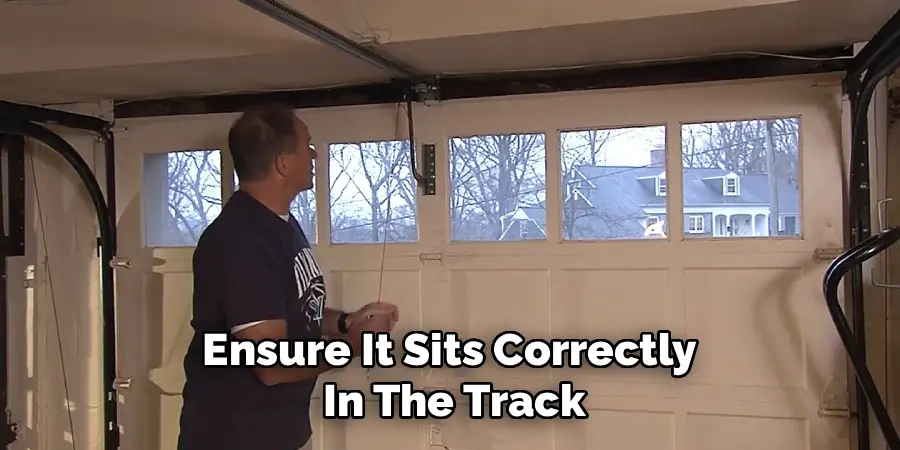
Step 6 – Test the Garage Door
Manually lift and lower the garage door to check for smooth operation. Pay attention to areas where movement previously felt sticky or noisy—these should now operate quietly and uniformly. If the door moves unevenly or binds at any point, stop and double-check the track and rollers again. Once satisfied, reconnect the automatic opener and perform several cycles to confirm reliable, consistent performance both manually and automatically.
Troubleshooting Persistent Alignment Issues
Dealing with Severely Warped Tracks
In some cases, track misalignment may be too severe for a simple adjustment. Severely bent or twisted tracks might not return to shape with manual pressure or slight repositioning. Here, the best solution is to replace the damaged section of track entirely. Remove the affected section, being careful to note its orientation and attachment points, and install a matching replacement. This not only corrects alignment but can also resolve chronic binding or derailment issues stemming from track damage.
Addressing Door Balance Problems
A door that’s difficult to lift manually or falls quickly to the floor is likely out of balance—often due to spring tension rather than alignment alone. To test for balance, disconnect the opener and gently lift the door halfway. It should stay in place. If it drops or rises on its own, spring tension needs adjustment. Adjusting springs can be dangerous; do not attempt this unless you have previous experience, as improper handling can result in injury.
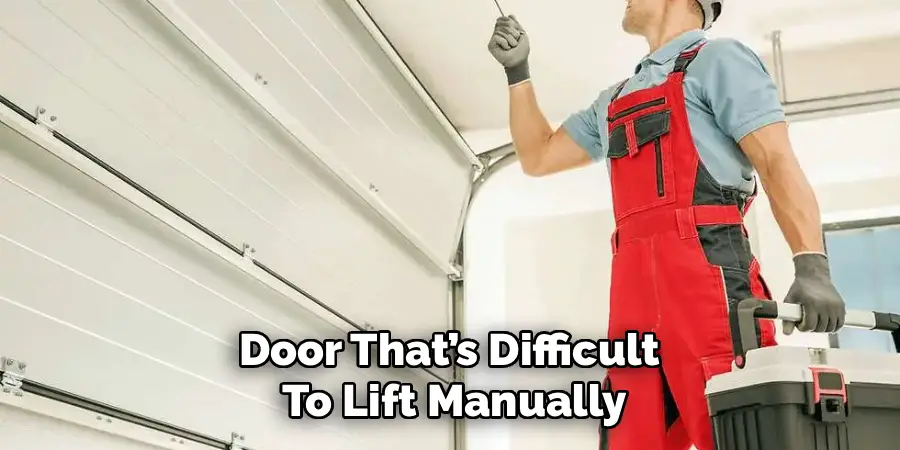
Preventative Maintenance to Avoid Misalignment
Regular Inspection and Cleaning
The best way to keep your garage door aligned is through proactive, regular inspection. Take a few minutes every couple of months to examine the tracks for dirt, rust, and debris. Wipe down accessible surfaces and check for any shifting or loose bolts before they become larger issues. By catching developing problems early, you can correct them quickly and prevent major misalignments from forming.
Lubricate Moving Parts
Smooth operation depends on well-lubricated rollers, hinges, and springs. Use a recommended garage door lubricant on these components whenever you start to notice squeaks or stiffness. Lubrication not only makes movement easier and quieter but also limits friction-related wear that can contribute to future alignment problems.
Ensure Even Ground Surface
Even the straightest tracks won’t keep your door aligned if the ground beneath is uneven or shifting. After heavy rains or over time, concrete may settle or develop low spots near the garage entry. Regularly inspect the threshold area, and if you notice the ground becoming uneven, consider patching or resurfacing to provide a stable, level base for the door’s operation.
When to Call a Professional
Some alignment issues are simply beyond what the average homeowner should attempt. If you discover broken or stretched springs, cracked hinges, or severely damaged panels that affect structural integrity, it’s time to call in an expert. Garage door springs, in particular, are under high tension and pose serious safety risks if handled improperly. Certified garage door professionals have the knowledge and specialized tools to perform repairs safely and correctly, minimizing the risk of injury or additional damage.
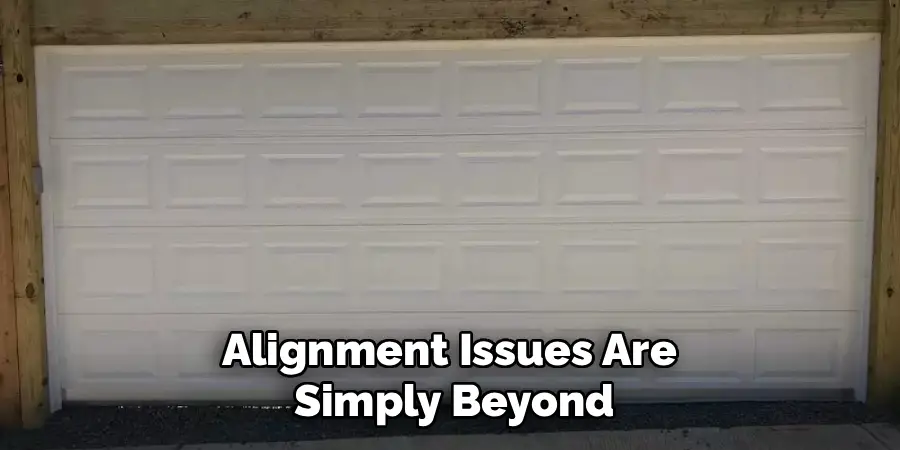
Complex scenarios—such as a door that’s come off its tracks entirely, twisted panels, or tracks so bent they can’t be repositioned—also warrant professional attention. Bringing in a pro ensures repairs are durable and up to code, especially if your door remains unresponsive even after basic troubleshooting.
Benefits of Proper Garage Door Alignment
Straightening and properly maintaining your garage door yields a number of long-term benefits. First, a correctly aligned door operates smoothly and quietly, reducing day-to-day hassles and wear on the motor and drive system. Proper alignment also extends the lifespan of rollers, tracks, and door panels, minimizing the need for costly replacements. In terms of safety, a straight door is less likely to get stuck or fall unexpectedly, protecting both your family and your vehicles. Security is improved as well, since properly seated doors create a better weather seal and close more tightly, deterring unauthorized entry and keeping out pests. Finally, a well-aligned garage door contributes to the overall appearance and value of your home, boosting curb appeal.
Final Thoughts
Addressing a misaligned garage door doesn’t have to be an intimidating project. By understanding the underlying causes, recognizing the warning signs, and following a step-by-step approach, most homeowners can tackle minor alignment issues with confidence. Regular inspection and maintenance are simple yet powerful strategies to prevent problems before they start. Remember to proceed with patience, take every safety precaution, and know when to call in a professional for those jobs that require specialized skills or present safety hazards.
Knowing how to straighten a garage door empowers you to maintain the smooth function, safety, and overall value of your home. A few hours spent now can save you considerable expense and inconvenience down the road. If you take care of your garage door and respond promptly to signs of misalignment, you’ll enjoy years of trouble-free performance. So, roll up your sleeves, put your new skills to work, and keep your garage door running straight for the long haul.

